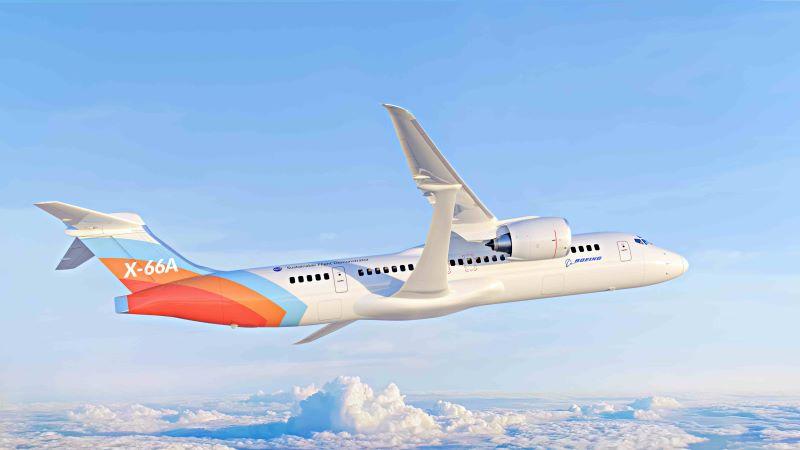
Credit: NASA
Boeing has formed a sustainability coalition of leading U.S. airlines to advise on the design and testing of the X-66A Sustainable Flight Demonstrator (SFD) project in development with NASA. The group includes Alaska Airlines, American Airlines, Delta Air Lines, Southwest Airlines, and United...
Subscription Required
This content requires a subscription to one of the Aviation Week Intelligence Network (AWIN) bundles.
Schedule a demo today to find out how you can access this content and similar content related to your area of the global aviation industry.
Already an AWIN subscriber? Login
Did you know? Aviation Week has won top honors multiple times in the Jesse H. Neal National Business Journalism Awards, the business-to-business media equivalent of the Pulitzer Prizes.





